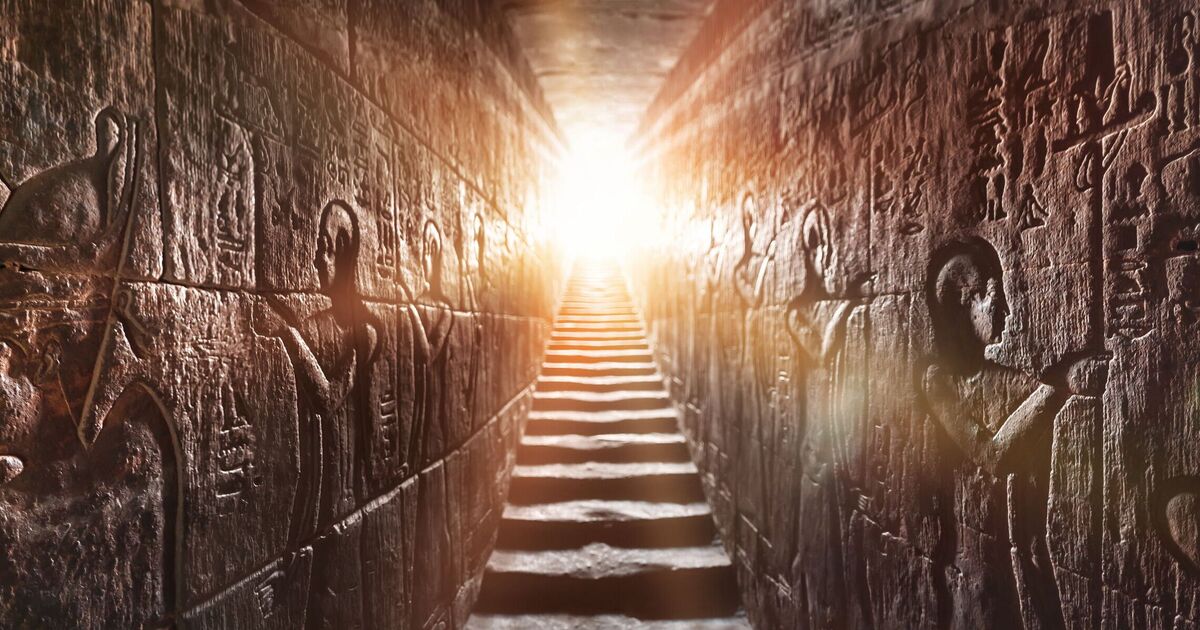An ancient Egyptian rock engraving could reveal the secrets of the earliest days of the first dynasty, archaeologists believe. The engraving, found near the southern Egyptian city of Aswan, has proved to be revolutionary for excavators due to its age, which experts believe dates back to the first dynasty, a time that little is known about.
A person’s head and right shoulder are visible in the engraving which could be around 5,100 years old and could hold clues about the formation of the Egyptian state. Study author Dorian Vanhulle, director and curator at the Musée du Malgré-Tout in Belgium, said in a statement: “Boats are among the most frequently recurring motifs in Egyptian iconography. During the Predynastic and Protodynastic periods (c. 4500-3085 BC), the periods which foreshadowed Pharaonic Egypt, the boat is ubiquitous and invested with complex ideological and symbolic meanings.”
The engraving was found on the west bank of the Nile River near Aswan in November 2022 and shows an “ornate boat dragged by five figures to the right,” according to Vanhulle.
The study said: “The seated person seems to have an elongated chin, which was “typical for depictions of early rulers that might designate the false beard worn by kings since the First Dynasty.”
Dr Vanhulle was able to judge the age of the engraving based on other depictions of boats common at various points in the history of ancient Egypt.
The figure also appears to be seated and bears the features common in early Egypt such as a long, fake beard.
If the date is correct, it was made during a crucial time at the genesis of the Egyptian state as we came to know it which was ultimately formed under the first pharaoh, Narmer, in 3100 BC.
The study has ruled out that the seated figure in the engraving is not Narmer because the engraving lacks a serekh, a hieroglyphic symbol that portrays a palace facade carrying the king’s name and has Horus, the falcon-headed god.
Dr Vanhulle added: “This absence would suggest that the seated figure is not a First Dynasty king,” before adding that it was likely “produced at the dawn of the First Dynasty, perhaps shortly before the reign of Narmer.”
“The rock panel is an important addition to the existing corpus of engravings that can help us to better understand the role of rock art in the crucial events that led to the formation of the Egyptian state.”
He concludes: “Rock compositions became a tool for the authorities to communicate, mark the landscape and assert their power.”

